 In the Edwardian era, “motor driving” was largely a hobby, sometimes a sport, undertaken and enjoyed by the wealthy elites. Though the automobile made it easier to go from point A to point B, the attitude towards actually driving this new contraption was rather casual–one was apt to say “shall we go motoring?” in the same manner one would ask “shall we go sailing?”–and as many of the earliest motorcars were constructed along the lines of the carriages which had dominated travel for the last few hundred years, learning to drive was not taken seriously. Matters were not helped by the multitude of motor-car handbooks that exploded from publishers, who assumed one could be taught to drive from a book!
In the Edwardian era, “motor driving” was largely a hobby, sometimes a sport, undertaken and enjoyed by the wealthy elites. Though the automobile made it easier to go from point A to point B, the attitude towards actually driving this new contraption was rather casual–one was apt to say “shall we go motoring?” in the same manner one would ask “shall we go sailing?”–and as many of the earliest motorcars were constructed along the lines of the carriages which had dominated travel for the last few hundred years, learning to drive was not taken seriously. Matters were not helped by the multitude of motor-car handbooks that exploded from publishers, who assumed one could be taught to drive from a book!
Not only were there a whole brand-new set of gears, levers and wheels to be concerned with, but motoring etiquette. It was this lackadaisical approach to etiquette that led to many English and American farmers, fed up with the noise and havoc wreaked by the automobile, to await their quarry with pick-axes and pitchfork. Many newspapers, periodicals and fiction of the day detailed the accidents and almost-accidents which befell early motorists, such as when Mrs. Stuyvesant Fish, upon taking her new motorcar for a trial run, accidentally drove backwards and knocked over a passing man, and then proceeded to drive over him twice more before he got away and she got out of the car. To us today, it seems inconceivable that handbooks detailed the exact methods of turning a corner, or how to start from rest, or how to drive backwards, but it was all new and unfamiliar to all early motorists.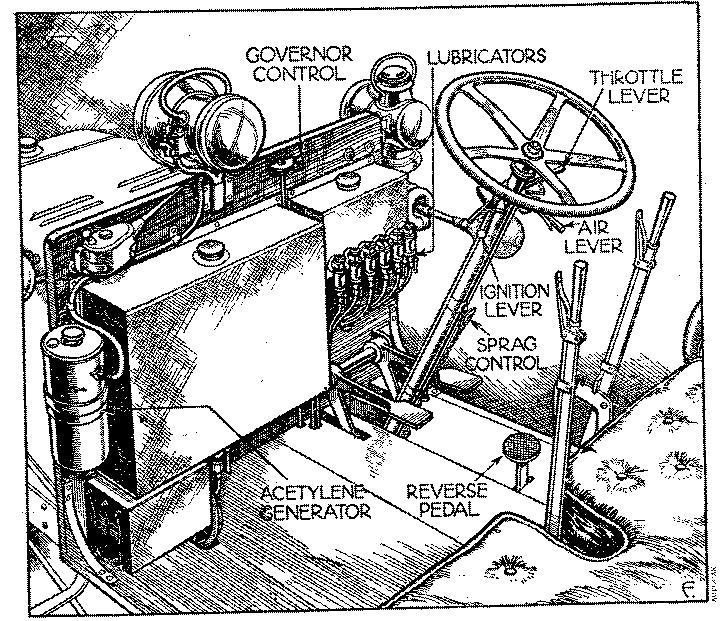
According to S.F. Edge and Charles Jarrott, whose entry on how to drive a motor was part of Alfred Harmsworth’s massive anthology, Motors and motor-driving, when starting for a drive, “there are many points which require to be thought over when starting for a drive, so as to make sure that everything is in order and that the necessary spare parts are carried.” This list included:
- A large screw wrench.
- Small pocket wrench.
- Long screwdriver.
- Small screwdriver.
- Pair of cutting pliers.
- Pair of gas pliers.
- Two files, medium size.
- Coil of copper and steel wire.
- Oil-can with long nozzle.
- Small cold chisel.
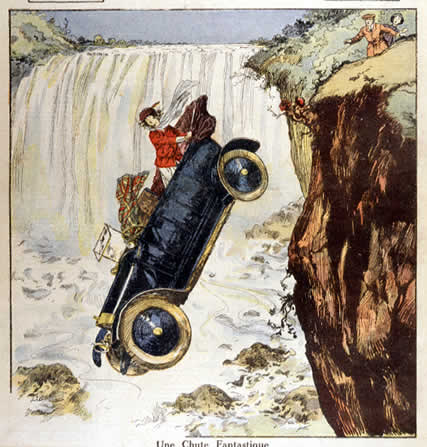 The next steps were to first turn on the petrol, secondly, to switch on the ignition, next to “see that the lever to the commutator is retarded as far as possible. (This is done to make certain that no back-fire will occur),” then to on lubricator. The final step was to start the engine, though it was imperative that speed lever was in the out-of-gear notch, or there was a chance the car would go by itself.
The next steps were to first turn on the petrol, secondly, to switch on the ignition, next to “see that the lever to the commutator is retarded as far as possible. (This is done to make certain that no back-fire will occur),” then to on lubricator. The final step was to start the engine, though it was imperative that speed lever was in the out-of-gear notch, or there was a chance the car would go by itself.
The authors go on to describe the interior of a Panhard, whose
wheel steering and single level are on the right-hand sides, giving the speeds forward and reverse. On taking a position in the driver’s seat with one foot on each side of the steering column, each foot lightly resting on the two driving pedals, it will be found that the left pedal when pressed down disconnects the engine from the driving mechanism, whilst the right one also does this, but at the same time applies a powerful brake to arrest the motion of the vehicle. Slightly to the right of the right-hand pedal will be found a smaller pedal set somewhat higher than the other two. This is called the accelerator pedal, and its function is to hold out the governor of the engine and cause it to run at a greatly increased velocity, and so force the vehicle to exceed its regulated speeds. The change-speed lever is on the right hand, and by its side is another notched lever which applies a band brake to each of the rear-wheel hubs.
Once the novice acquainted themselves with the layout of the motorcar, they were ready to drive:
First Speed—First place the left foot on the left pedal, press this down as far as it will go and hold it there. Then take off the side-brake lever, move the speed lever forward one notch—that is, to the first or low speed—and slowly lift the left foot until you feel the engine beginning to move the car. Immediately it does this, if only for a yard or two, press the left pedal down again, so as to get thoroughly accustomed to the feeling of the car moving forward with its own power and yet stopping immediately the pedal for disconnecting the power is pressed down.
Second Speed—First get the vehicle running as fast as possible on the first speed, then press down the left pedal quickly, push the speed lever firmly into the second forward notch, and lift up the left pedal gently as when starting. You are now on the second speed, which you will no doubt observe is considerably faster than the lower speed…Remember that with a motor-car the driver controls the vehicle, and in this it differs from a horse-drawn vehicle, in which the driver is often at the mercy of the animal, to be pulled here, backed there, or upset altogether, should this chance to please the noble quadruped.
Third Speed—You obtain this under exactly the same circumstances and in exactly the same way as set out in the explanation of changing from the first to the second speed…When this stage is reached, it will be found very much better to take four or five drives of ten miles each, with half an hour or an hour’s stoppage between, rather than one continuous drive of forty or fifty miles. Much more rapid progress will be made in this way, and the mental and physical strain is then not noticed, whereas if one long ride is attempted straight off, the novice, when he gets down from the car, will feel uncomfortably tired and exhausted… When one is thoroughly familiar with steering with one hand on the second speed, then higher speed can be attempted.
How to Change Speed properly—In changing speeds there are various things to be avoided, and the learner will very quickly realise that it is most difficult, if not well nigh impossible, to change speed without withdrawing the clutch; which operation is performed by pressing down the left pedal. In any case if he does succeed in the attempt, it will be at the expense of a great deal of noise and damage to the teeth of the gear-wheels. Under all circumstances the teeth are made to engage with one movement, and if at the beginning it is found that when attempting to change speed a grinding noise is heard, it is best to stop the car completely and not persevere, but change the speed quietly with the car standing stationary…The clutch-pedal must be pressed down firmly and decisively without haste or any violent force.
Driving Backwards—To turn in a narrow road where the reverse is required also calls for some knowledge of handling the car when running backwards, and in the event of the car running backwards when ascending a steep hill the vital importance of being able to steer it safely is obvious. The new Motor Act does not encourage practice in driving a car backwards but skill in this direction is always desirable. It is often impossible to get out of a hotel yard without driving backwards, and it is far from dignified to have to push a car out because one dare not try to drive backwards.
Going round Corners—Always keep to your right side, remembering that in all probability you will find some other vehicle coming towards you from the opposite direction. It will generally be found that as the road slopes towards the gutter, the outside wheels of the carriage will be higher than the inside. The illustration shows how, when encountering a bend or corner the view round which is not interrupted by hedges or other obstacles, a driver—being certain that there are no other persons or vehicles beyond the corner—may take advantage of the banking of the road, and avoid great deviation from the straight course, by cutting across to his wrong side, and hugging close to the angle of the corner.
Descending Steep Hills—When travelling down steep hills it is very easy to be deceived, as the nature of the district may make the gradients look very much less than they really are. A very striking example of this occurred in the Thousand Miles Trial of the Automobile Club, 1900, when the Hon. C. S. Rolls, in driving from the ‘ Cat and Fiddle,’ was evidently so deceived by both the gradient and the corner that he actually threw his mechanic off the car, owing to the vehicle travelling at much higher rate than was allowed for, and the gradient keeping the car running at a great speed right up to the comer. The present writer himself, who was just behind Mr. Rolls at the moment, to a certain extent met with the same difficulty.
A good driver was also aware of the dangers of motoring, of which the authors considered the greatest dangers to be other people, “not because they are there, but because of their indecision…They suddenly hear the motor approaching, and although their safest plan is to remain where they are, they make wild dives in any and every direction, with the result that, unless one has the car completely under control and ready to stop at a moment’s notice, a bad accident may happen. It is a good rule when meeting with undecided wayfarers to make up one’s mind the way one wants to go and continue in that direction; at the same time keep your brakes well in hand, so that if necessary you can pull up dead and avoid striking them.”
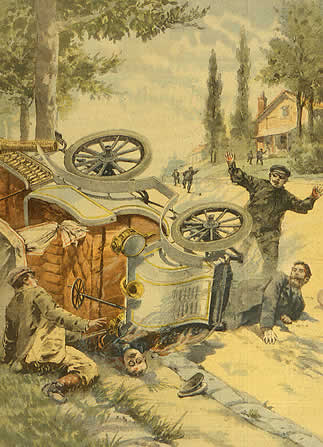 Also, horses: “A swerving horse which swings round at the last moment is another danger to be guarded against, and on approaching any horse it is always well to assume—as is too often the case —that it is not under the control of the person driving it; either he is intent on looking at the motor, or very likely he cannot drive. It is advisable to slow down to the pace at which the car can be pulled up immediately a horse shows signs of wanting to monopolise the whole of the road. This danger is very much increased if the horse is attached to a cart with a long piece of timber projecting at the back, as a very small movement of the animal may completely block the road.”
Also, horses: “A swerving horse which swings round at the last moment is another danger to be guarded against, and on approaching any horse it is always well to assume—as is too often the case —that it is not under the control of the person driving it; either he is intent on looking at the motor, or very likely he cannot drive. It is advisable to slow down to the pace at which the car can be pulled up immediately a horse shows signs of wanting to monopolise the whole of the road. This danger is very much increased if the horse is attached to a cart with a long piece of timber projecting at the back, as a very small movement of the animal may completely block the road.”
And not looking behind one’s motor when driving at high speeds. However, the side-slip was the bane of the motorist’s existence: “Under certain conditions all roads in towns become exceedingly greasy and slippery to a rubber tyre, so much so that if the brakes are applied the carriage, instead of stopping, merely travels on with the wheels locked, and on greasy asphalt will go almost as far in this fashion as with the wheels revolving.” Night driving was also cautioned: “when driving at night one should never travel at a speed greater than that which affords time to pull up after seeing any object clearly by the light of your lamps. Of course if two acetylene lamps are used one can travel up to twenty-five miles an hour in perfect safety, the road being sufficiently illuminated to give plenty of time to stop; but if ordinary oil or candle lamps are used, eight or ten miles is the limit of safety. In very foggy weather it is best to turn one lamp sideways so as to indicate the side of the road. The offside lamp pointing forward should be covered with a handkerchief, to diffuse the light and cause less refraction from the fog in front.”
As the automobile became less the province of the wealthy and the sporting type, laws were enacted which regulated driving speeds, automobile safety mechanisms, and also enforced both driver’s licenses and license plates for cars. All of which went a long way to increasing the safety of the road. Granted, despite being over one hundred years removed from the early days of motoring, we have yet to remain entirely safe on the road, but the act of driving and learning to drive is done with as much consideration and care as our Edwardian counterparts put into this new machine.
Further Reading:
Behind the Wheel: the Magic and Manners of Early Motoring by Lord Montagu of Beaulieu & F. Wilson McComb
Motors and motor-driving Ed. by Alfred Harmsworth, Lord Northcliffe
Audels answers on automobiles, for owners, operators, repairmen by Charles Edwin Booth

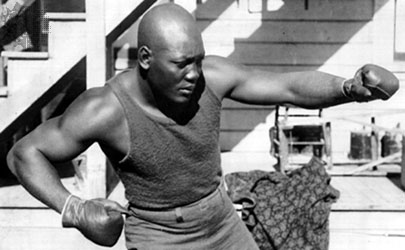
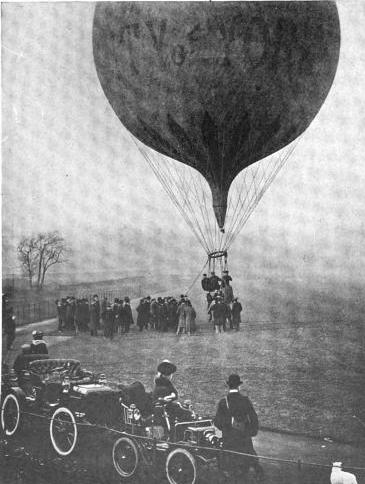
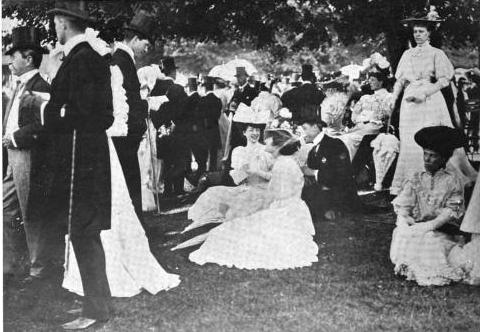

I really enjoyed this article. I love learning about the Victorian era. It is my passion.